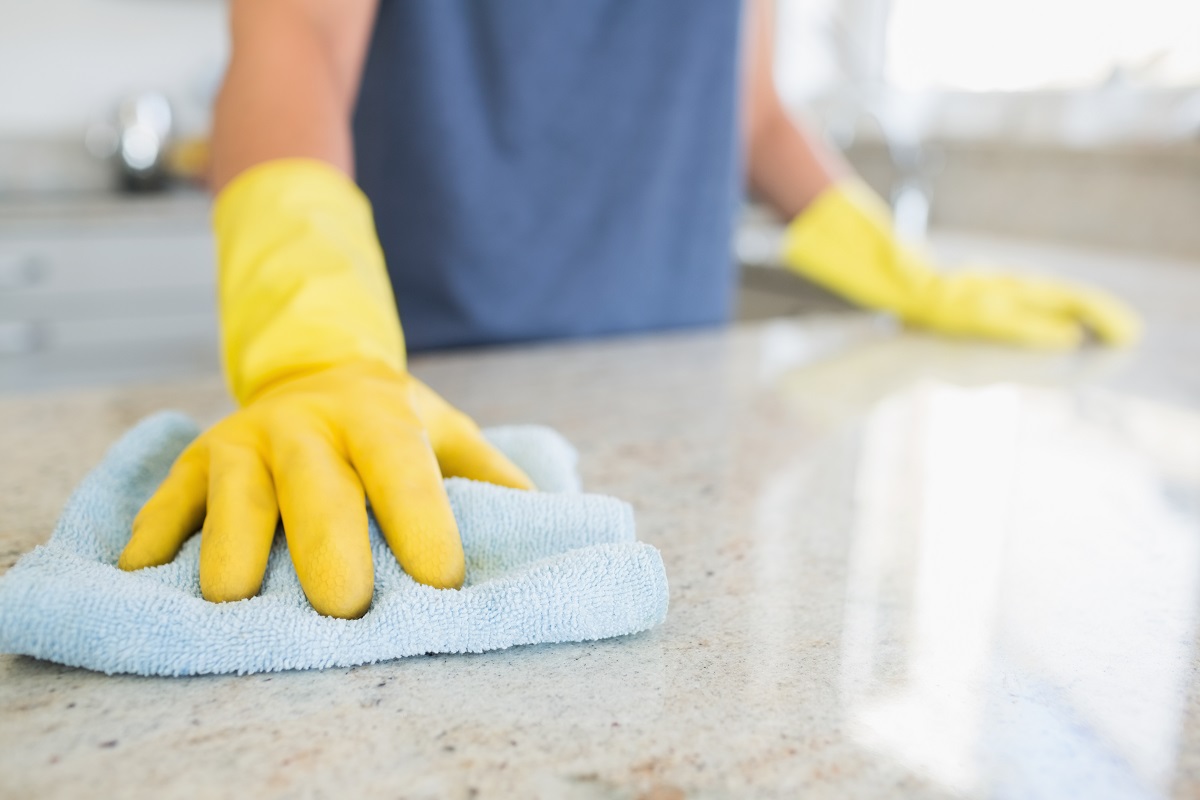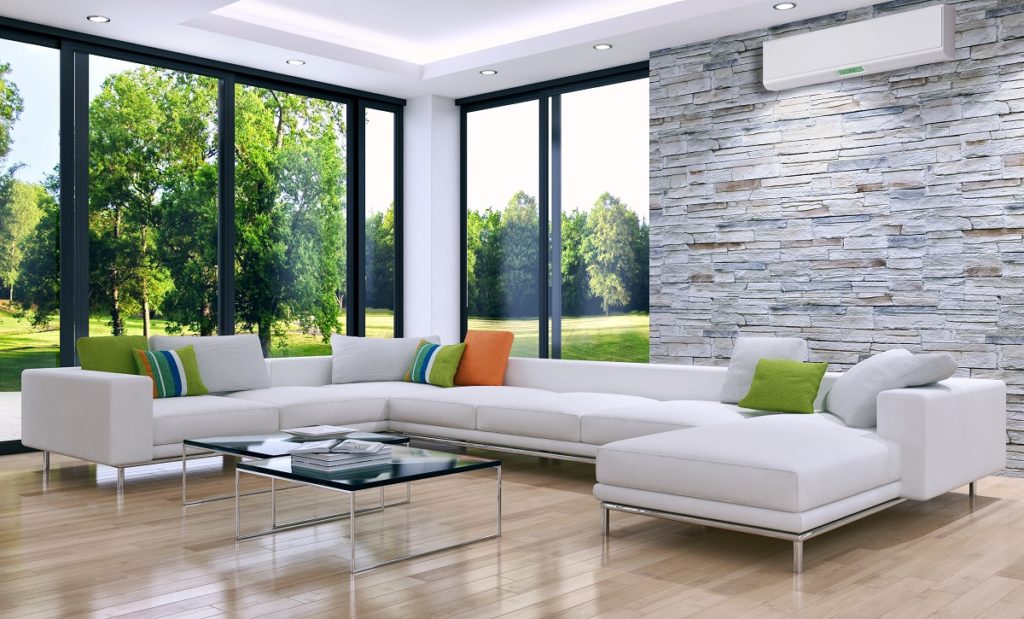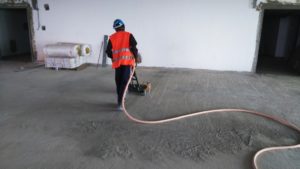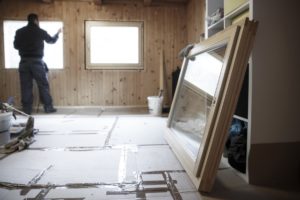With the recent growth in cases of a specific type of infectious disease, people are being urged to stay at home. Since this type of ailment is shrouded in mystery, not a lot of people know how to keep themselves safe and secure from the virus. Although one thing is sure: direct contact with surfaces and touching your face can lead to transmission.
In some cases, whole apartments and neighborhoods will go into lockdown whenever someone is infected. Therefore, homeowners and building owners will need to disinfect their buildings to make sure that there is no confirmed case within the area.
However, this is easier said than done, especially when it comes to disinfecting and cleaning structures around your home. As such, it’s crucial to ensure that almost all tools and surfaces are sanitized while your family follows all required safety measures.
No worries, we’re here to help you give the necessary steps to ensure that your family is safe and secure with the right steps in sanitizing your home.
Preparing Your Home for Cleaning
But before we get down to the cleaning, we have to make sure that everything in our house is in order and that there are no hazards that could get in our way. Sometimes, different surfaces, such as metal, can be conduct electricity and can be an electrical hazard. You can commission the services of an electrician when thoroughly checking for any hazards near your area.
The last thing that you want is someone getting electrocuted while you’re sanitizing an area.
If you’re not sure how to start disinfecting and maintaining your business, then you can follow these operating procedures:
- First, cleaning and removing any clutter in your area can ensure that everything will look tidy and orderly.
- After cleaning, sanitizing becomes the second priority. Sanitizing with alcohol and other chemicals can pave the way towards disinfection.
- Disinfectants will need to be applied on solid surfaces. These chemicals will need to stay on surfaces for at least 10 minutes to kill contagious agents effectively.
Sanitizing Your Home
When maintaining your home in the face of a national health emergency, problems can present themselves in any given situation. Of course, you wouldn’t want to spend too much on cleaning products and materials, but you will still need to. That is a better choice than having to spend thousands of dollars on medication and treatments.

Wiping Surfaces
Infectious agents can last in surfaces for hours to a matter of days. COVID-19 is known for staying on plastic and stainless steel surfaces for three to seven days. In that period, several individuals can already become infected from staying in environments where stainless steel and plastic are usually present. Most of the time, this is in situations like the kitchen.
As such, it’s only rational that we wipe surfaces that are heavily used by individuals.
These will usually include:
- Door handles
- Chairs
- Counters
- Gadgets
- Towels and used clothes
- Gardening tools
- Steering wheels in a vehicle
- Flat surfaces such as counters
- Railings and windows
It’s still unknown how COVID-19 and several other contagious diseases will react when exposed to the most fabric. Still, one thing’s for sure: these virulent materials are vulnerable to disinfectants, alcohol, and other EPA-approved products.
Handling and Preparing Food
Naturally, we usually prepare food at home and in our kitchen. Besides using kitchen tools and utensils, most people use their hands to cook, especially when baking pastry and other types of food.
As of the present moment, no evidence links people catching COVID-19 from food sources. From most data gathered, people will usually get infected through physical contact with different types of surfaces of exposure to contaminated objects right before touching the face.
Since restaurants and food courts are usually places where people converge in, it’s best to stay away from these types of establishments, especially restaurants that prepare food by hand. For our home, ensuring proper ventilation can help reduce the likelihood of contracting airborne diseases.
Overall, keeping your home clean and sanitized is as simple as sanitizing and cleaning surfaces. As long as you are wearing personal protective equipment that will protect your skin, respiratory system, and face from exposure, it’s easier going to be easier to sanitize every part of your home.
It’s important to note that a well-ventilated area can also reduce the risk of infection. Information and findings regarding this particular disease are continually changing, with researchers and professionals working day-in and day-out to provide the right information to the public. Nonetheless, sanitizing is proven as a guaranteed way of cleaning surfaces.
Safety should always be a priority for you and your family. By sanitizing your living, you’re making sure that everyone will be healthy, not just from what’s happening now, but from future diseases as well!



















